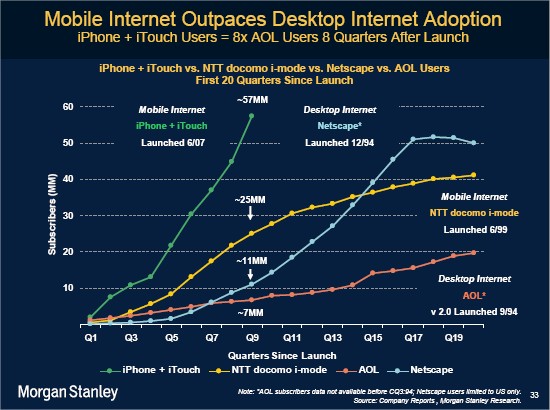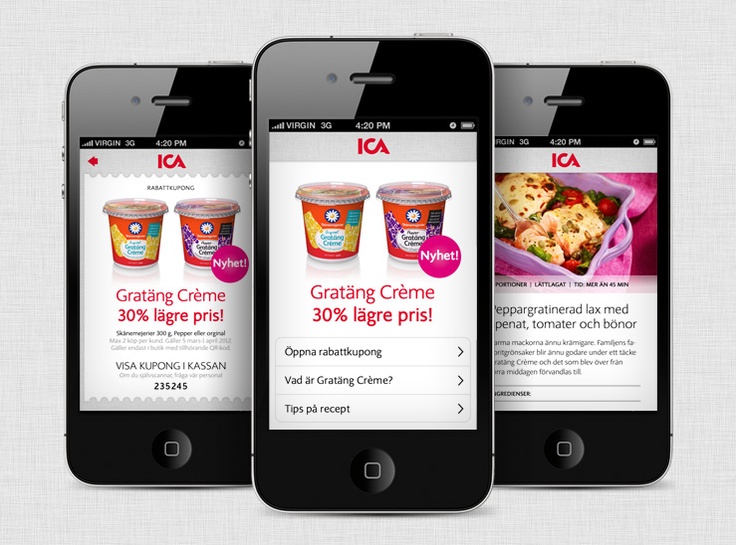Mobile Location-Based Services Market to exceed $12bn by 2014
The combination of smartphone proliferation, a surge in application storefront launches and new developments in hybrid positioning technologies are expected to help drive revenues from mobile location-based services (MLBS) to more than $12.7 billion by 2014, according to a new report from industry analysts at Juniper Research.
The Mobile Location Based Services report found that while MLBS had experienced in number of false dawns over the 2000-2007 period, improvements in handset user interfaces – exemplified by the iPhone – together with easier consumer access to an array of app distribution channels had led to greater interest from service providers in providing MLBS applications. In addition, growth was being further facilitated by the deployment of high capacity network infrastructure and attendant increases in mobile Internet adoption, providing greater opportunities for browser-based services.
Furthermore, the Juniper report noted that advertising was likely to form an increasing share of MLBS-related revenues over the next five years. According to report co-author Dr Windsor Holden, “Location-based applications are extremely interesting for brands and retailers in that they allow those companies to direct consumers to outlets in their vicinity while simultaneously providing information about the products on offer. When these are allied to measures such as mobile coupons and vouchers, you have the combination of information and financial incentive which can be compelling for consumers.”
Other findings from the Mobile Location Based Services Research include:
- Improving the user experience of MLBS on feature phones will be key in driving usage beyond the core smartphone base
- Despite the confluence of factors driving growth, deployments may still be affected by constraints including privacy and information security
- While service usage will be highest in Far East & China over the next five years, greatest revenues will come from Western Europe
About this study
Juniper Research assesses the current and future status of mobile location-based services based on interviews, case studies and analysis from representatives of some of the leading organisations in this critical area of the mobile industry. Whitepaper and further details of the study ‘Mobile Location Based Services: Applications, Forecasts & Opportunities 2009-2014’ can be freely downloaded from http://www.juniperresearch.com.










